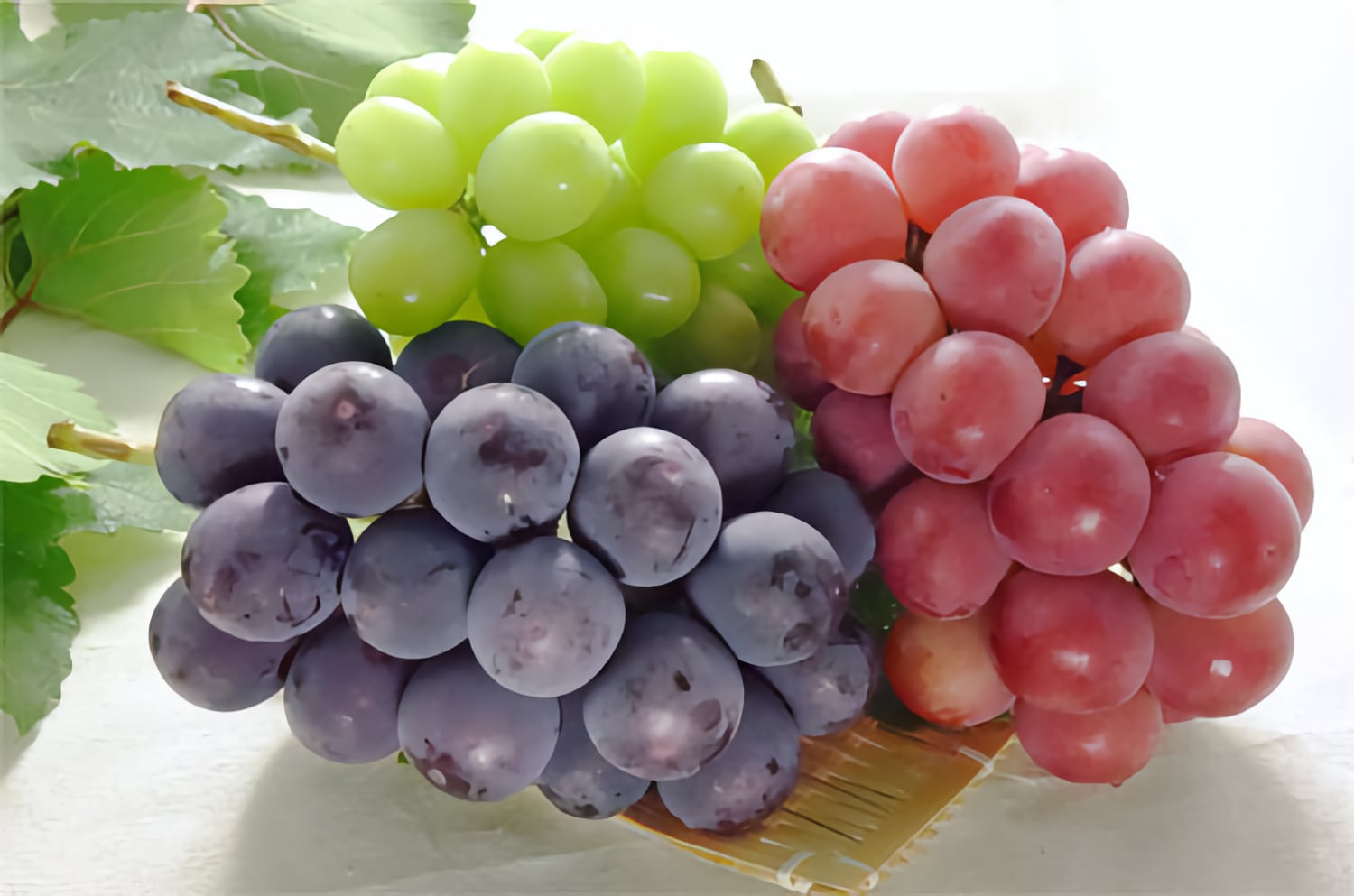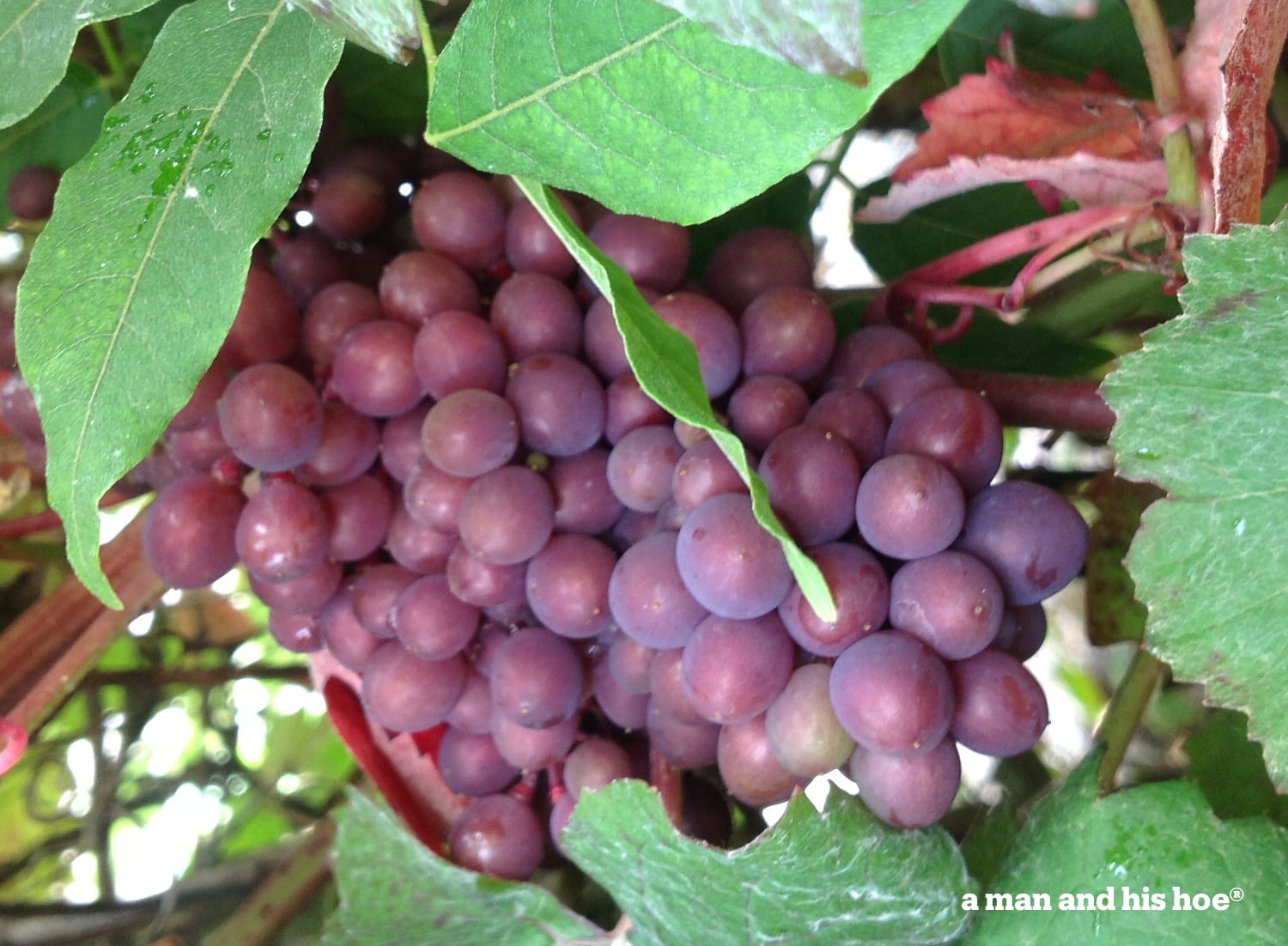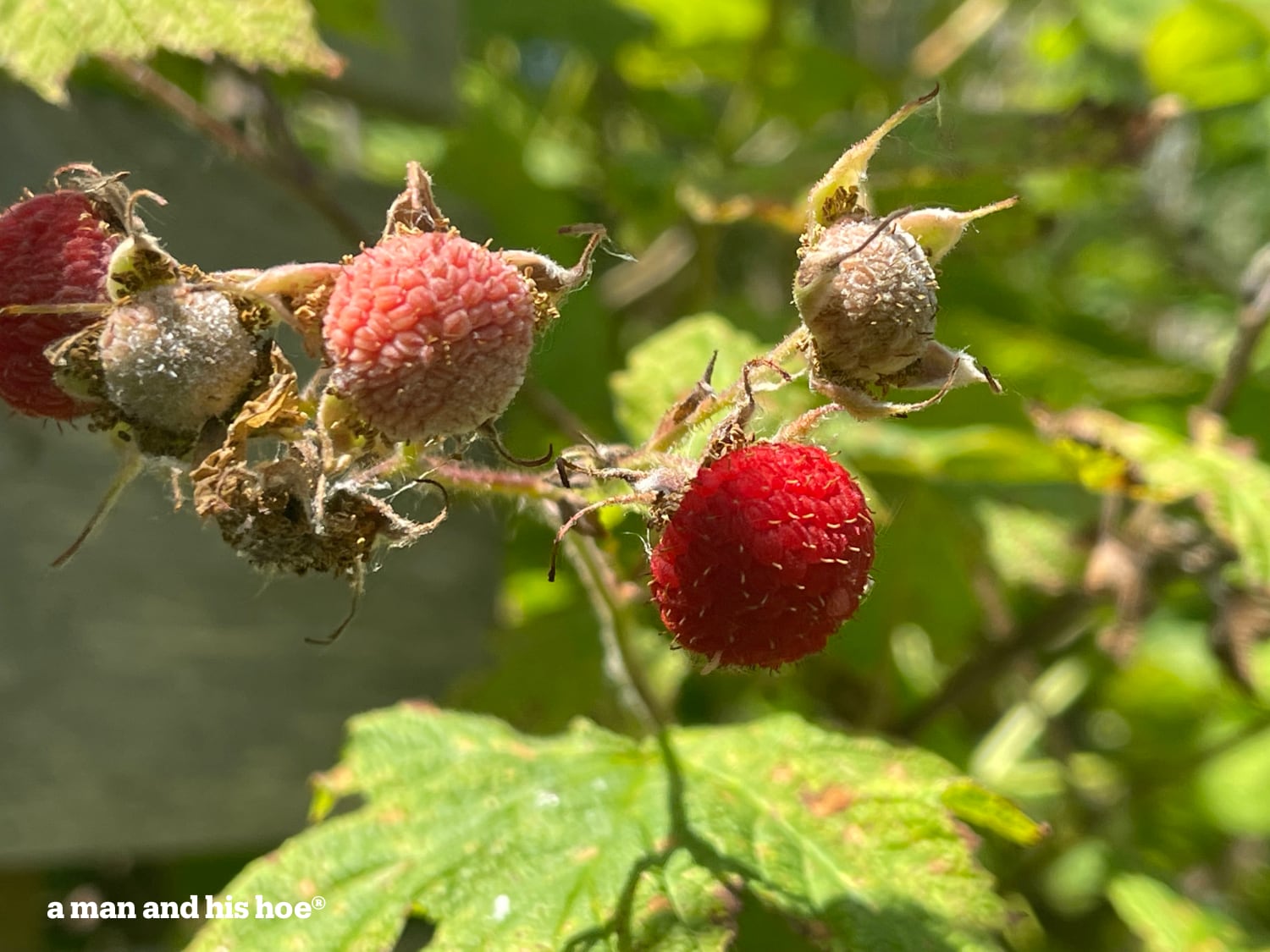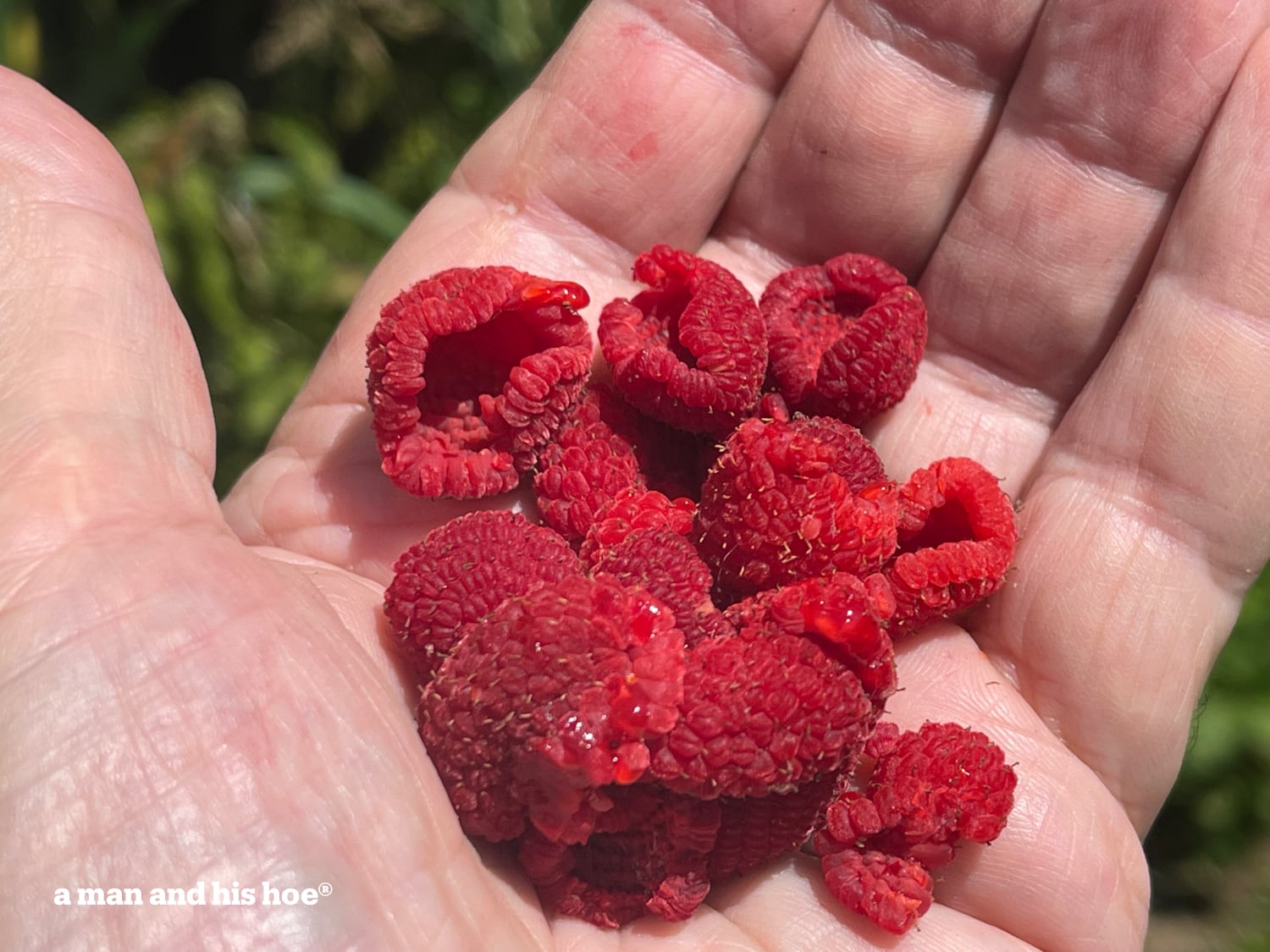Your cart is currently empty!
Snip, Snip, Snip

Grapes in Japan tend to be huge. The clusters have individual grapes two to three times the size of the grapes my grape vines produce. I was curious how they do this. Is it years of selecting varieties? Special fertilizers? Secret growing methods?
I recently saw a news feature explaining how this works. It”s all snip, snip, snip. When the grape clusters are just forming, the grape farmers reduce the number of clusters to a few per stem, and then remove most of the budding grapes from each cluster, leaving just 10% or so of the grapes to form.
With so few grapes left, the grapes grow fat and juicy.

These are my grape clusters from prior years. There is nothing wrong with them, but I’ve got so many grape clusters I have room to experiment.

So I’ve taken these forming grape clusters and snipped them to this:

I’ll experiment with more clusters to see what is the optimal pruning to get the biggest grapes. One site I looked at said I need to remove the top third of the cluster or so, and thin out the remaining cluster.
The news article I saw showed AI smart glasses developed for pruning the clusters. When someone looks at a cluster through these AI smart glasses, software highlights the sections of the cluster to remove. So even inexperienced people can wear the smart glasses and see which grapes to remove. The AI smart glasses being developed by University of Yamanshi also count the number of grapes in a cluster.
There are hundreds of clusters so I can run all kinds of experiments this summer. I’ll skip the AI smart glasses for now.

But a side benefit of grape cluster thinning is being out with the ripening thimble berries. It is high summer with these berries ripening.

Nothing says summer like a handful of thimble berries.